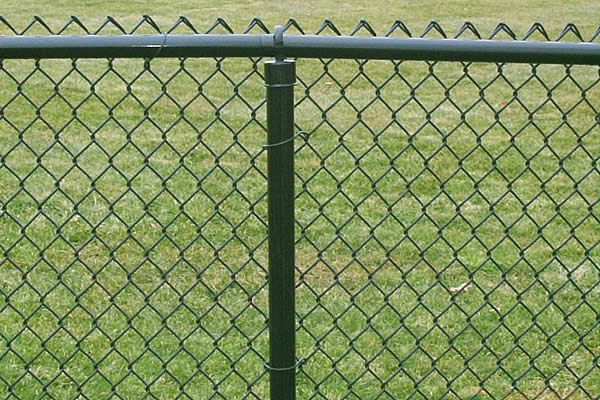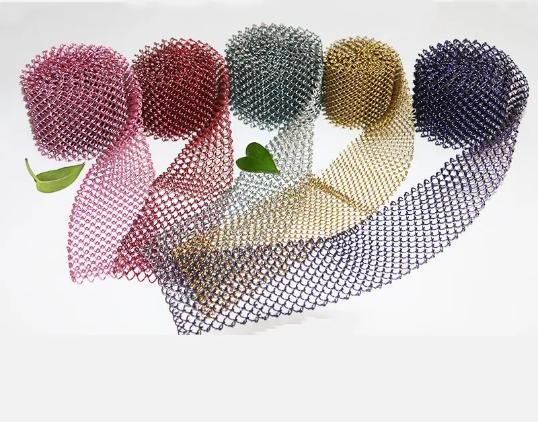In the realm of industrial and domestic applications, plastic-coated iron wire has emerged as a crucial component, offering a harmonious blend of durability and versatility. As an industry expert with years of hands-on experience, I've witnessed firsthand how this material has revolutionized various applications, making it an indispensable choice for professionals and amateurs alike. With this article, I aim to shed light on the multifaceted advantages of plastic-coated iron wire, its diverse applications, and why it remains a market favorite.

Plastic-coated iron wire is fundamentally iron wire that is meticulously enveloped in a layer of robust plastic. This plastic coating offers an essential protective barrier, safeguarding the core iron from environmental detriments such as rust and corrosion. For professionals in construction, agriculture, and other industries, the longevity and reliability of their tools and materials are paramount, and this wire assures both.
One of the standout benefits of plastic-coated iron wire is its resilience. In environments where moisture and harsh weather conditions are prevalent, unprotected iron surfaces are prone to oxidization, leading to rust. The plastic coating acts as a shield, significantly extending the wire's lifespan and maintaining structural integrity. From my extensive experience, I can assert that choosing coated wire over non-coated variants dramatically reduces maintenance costs and replacement frequencies.

Another notable advantage is the aesthetic aspect. Available in a variety of colors, the plastic coating not only enhances the visual appeal but also makes it easier to use for various applications where color-coding is essential. In landscaping projects, for instance, green-coated wires blend seamlessly with foliage, maintaining a natural aesthetic while providing functional support.
plastic coated iron wire
From an expertise standpoint, the plastic-coated iron wire is flexible yet strong, allowing it to be used in diverse applications without compromising on performance. In the realm of agriculture, it is commonly employed for fencing, trellis structures, and plant protection. Its pliability ensures that it can be shaped and adapted to various needs without breaking or losing tension. Drawing on my professional knowledge, I can confirm that its application in vineyard and orchard management has dramatically improved productivity by offering reliable plant support and protection.
In the realm of craftsmanship and DIY projects, this wire is a trusted ally. It is exceedingly easy to manipulate with basic tools, making it a favorite amongst artisans and craftsmen. Whether it’s creating custom frameworks, securing components, or crafting intricate designs, the plastic-coated iron wire proves its mettle. Trustworthy and facile, it allows creativity to flourish without constraints.
When discussing authority, it’s important to note that plastic-coated iron wire meets rigorous industry standards. Many manufacturing processes ensure that the plastic used is non-toxic and environmentally friendly, aligning with global sustainability goals. Additionally, the adherence to these standards ensures that users receive a product that is not only functional but safe for various applications. As someone who has worked extensively with materials certifications and compliance, I can confidently say that using products that adhere to these standards is a testament to their quality and reliability.
In conclusion, plastic-coated iron wire is more than just a material—it is a cornerstone for a multitude of applications, proving its worth through durability, adaptability, and aesthetic versatility. Its role in extending the longevity of projects and reducing maintenance concerns underscores its practicality. It is a material that inspires confidence, backed by years of successful use and industry approval. For professionals seeking a reliable, cost-effective, and versatile solution, plastic-coated iron wire stands as an exemplary choice. By investing in such a material, users not only enhance their projects but also contribute to sustainable and efficient practices.
 TEL:
+86-13102802206
TEL:
+86-13102802206
 Email:
fencenetting@china.com
Email:
fencenetting@china.com
 Language
Language
 TEL:
+86-13102802206
TEL:
+86-13102802206
 Email:
fencenetting@china.com
Email:
fencenetting@china.com
 Language
Language



